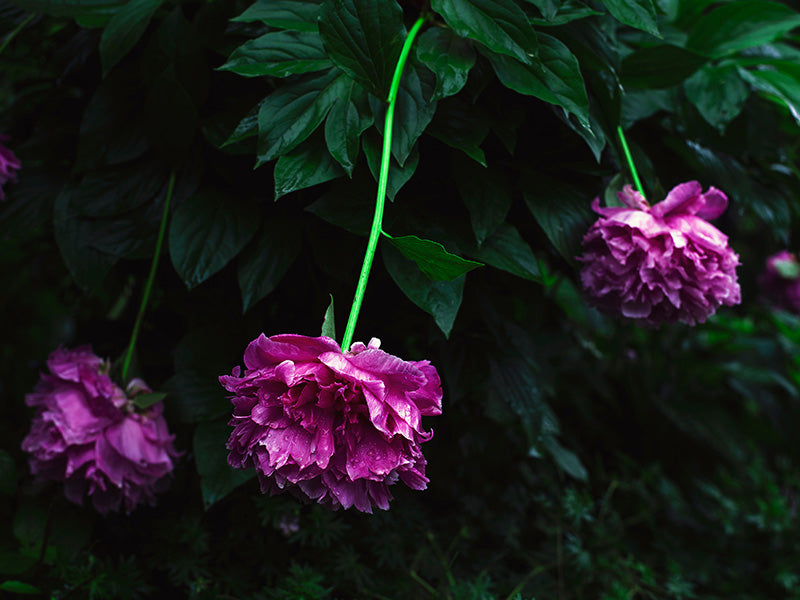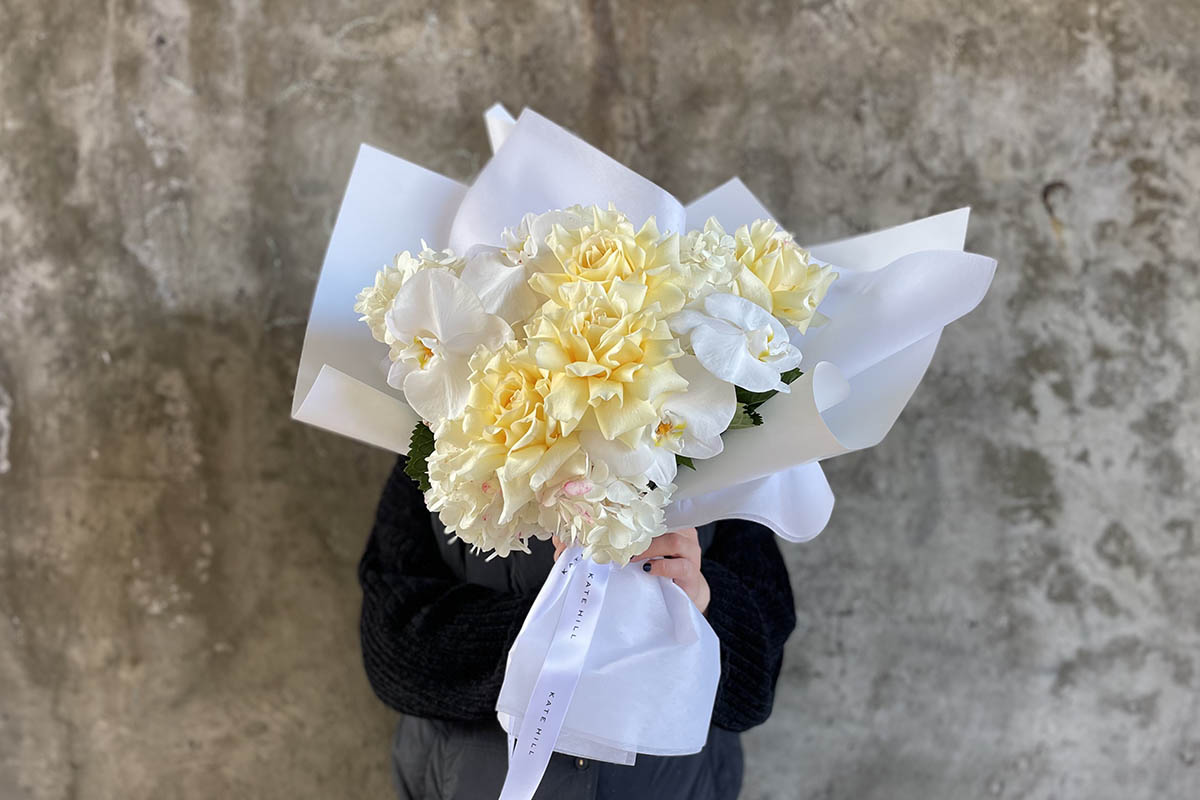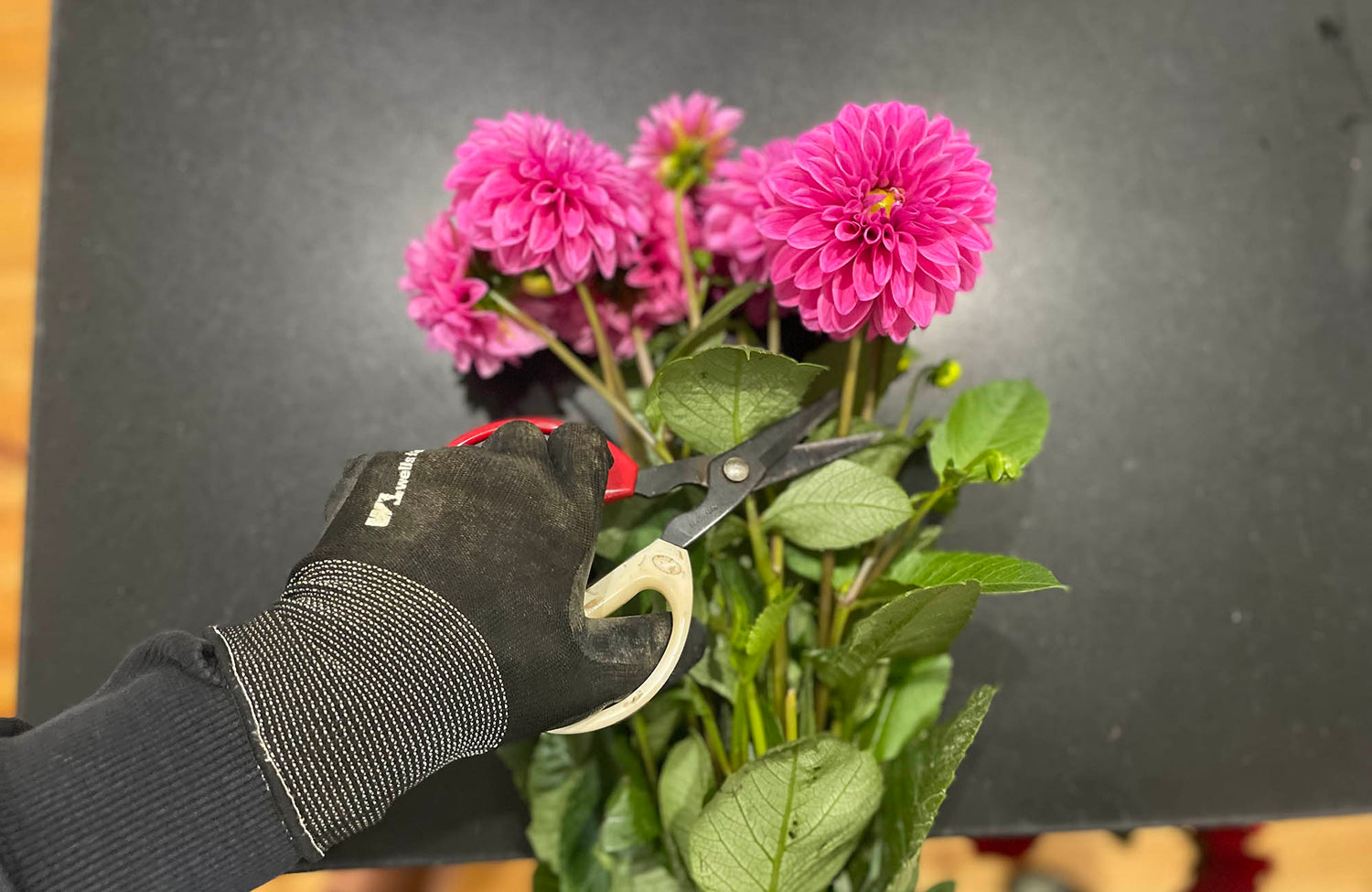In the world of flowers, rarity is a double-edged sword. While it can be a selling point for plant sellers, it also represents a challenge in propagating these plants and keeping them from going completely extinct.
If you think finding a violet, orchid, or lily might present a challenge, wait until you see the top 5 rarest flowers in the world. These are flowers that only bloom under specific conditions and at certain times of the year. They’re rare to see, but if you have the opportunity to do so, you have to take it! These plants are so uncommon that they’ll leave you speechless (and probably leave you with some research to do).
These exotic plants have unusual properties, curious backstories, and unusual appearances that set them apart from the average petunia or gerbera daisy. Read on to discover more about these intriguing flowers.
Chocolate Cosmos

The Chocolate Cosmos is one of the world’s rarest flowers for a few reasons. First of all, it isn’t found in the wild anymore. It has to be homegrown, and it’s probably the hardest one to grow on this list. This flower is native to Mexico and actually smells like chocolate! The flowers are a beautiful deep reddish brown color and are beautiful to look at.
The Chocolate Cosmos is an epiphyte, which means it grows and lives on other plants (notably, the Philodendron) without taking nutrients from them. The Chocolate Cosmos is only native to a small region in Central America, making it rare and hard to find.
It blooms once a year and has flowers like those of a cosmos, but those flowers are a rich brown color, earning it its name. This plant has long been used in Central America and Mexico as a medicinal plant. It’s also a popular houseplant, but it’s easy to misidentify it as a Philodendron and kill it by overwatering, so it’s important to buy it from a reputable source.
Middlemist Red

The Middlemist's red (Camellia japonica 'Middlemist Red') is a rare and historically significant flower known for its deep pink to red blossoms. Originally from China, it was introduced to Europe by John Middlemist in the early 19th century.
This plant belongs to the Camellia family, a group renowned for their lush, glossy leaves and striking, ornamental flowers. The Middlemist's red stands out for its vibrant colour and the rarity of its presence outside its native habitat, now cultivated in only a handful of gardens worldwide.
It thrives in well-drained, acidic soil and prefers partial shade, requiring a temperate climate to bloom. Its botanical rarity and historical journey from China to the UK make it a fascinating specimen for botanists and garden enthusiasts alike.
Hawaiian Hibiscus

The Hawaiian Hibiscus is a rare and unusual flower. This flower is in the Malvaceae family, which includes cotton. The Hawaiian Hibiscus is endemic to Hawaii, making it one of the rarest flowers in the world. It grows in the wild in the Hawaiian Islands and nowhere else in the world.
The Hawaiian Hibiscus is a perennial plant, but it blooms only once a year, in December or January. The flower has five petals, and each one is a different color: red, orange, yellow, green, and purple. The Hawaiian Hibiscus is often grown as an ornamental plant, but it does have some traditional uses. The leaves have been used to make clothing, blankets, and sandals. The flower has also been used as a dye.
Pitcher Plant

The Pitcher Plant, also known as the Yellow pitcher plant or the Yellow-flowered pitcher plant, is very rare: it’s endangered in the wild, and it’s extremely rare in cultivation. The Pitcher Plant is native to the Sundarbans, a mangrove forest in Southeast Asia. The Sundarbans is the largest mangrove forest in the world. The Pitcher Plant grows wild in the Sundarbans, making it very rare.
The Pitcher Plant is a carnivorous plant and is famous for its large, water-trapping leaves. These leaves are used to trap insects and other small animals, which the plant digests. The Pitcher Plant is also used in herbal medicine. The roots and leaves are used to treat fevers, coughs, asthma, and other respiratory problems.
Corpse Flower

The Corpse Flower is a rare plant that’s famous for its foul smell. It’s also known as the Stink Blossom or the Stinking Titan. This flower is named after its smell, which is similar to rotting meat. This smell attracts insects, which the plant uses to pollinate itself.
The Corpse Flower can grow up to 3 meters (9 feet) tall and is a member of the genus Amorphophallus. This flower is native to the tropical rainforests of Indonesia and Sumatra. The Corpse Flower is a perennial plant that blooms only once every 7 to 10 years.
It grows from a rhizome and has large, spiky leaves. The Corpse Flower is controversial because it’s rare and unable to be cultivated, (and has also been described as smelling like a “rotting carcass”!). This means that the plants sold in nurseries are wild-collected. Collecting wild plants is controversial because it can endanger wild populations.
Conclusion
It's easy to think of flowers as beautiful, but it's important to remember that they're also delicate. From the rarest flowers in the world to the weirdest, we found 5 of the World's Rarest Flowers that will make you appreciate nature even more.
These flowers are not only rare, but they’re also beautiful, exotic, hardy, and easy to grow. These flowers are a great source of curiosity, and fascination and they are sure to delight all who see them. Each of the flowers mentioned on this list is truly a rare gem found only in select parts of the world.
Be sure to research your options carefully if you're looking for any one of these, as some are more difficult to come by than others. There certainly is beauty to be found, even if it is rare. If you have the passion and are ready to experiment with your horticultural skill, give one of these flowers a try. Add a unique species to your garden and experience something new.






1 comment
Love This!